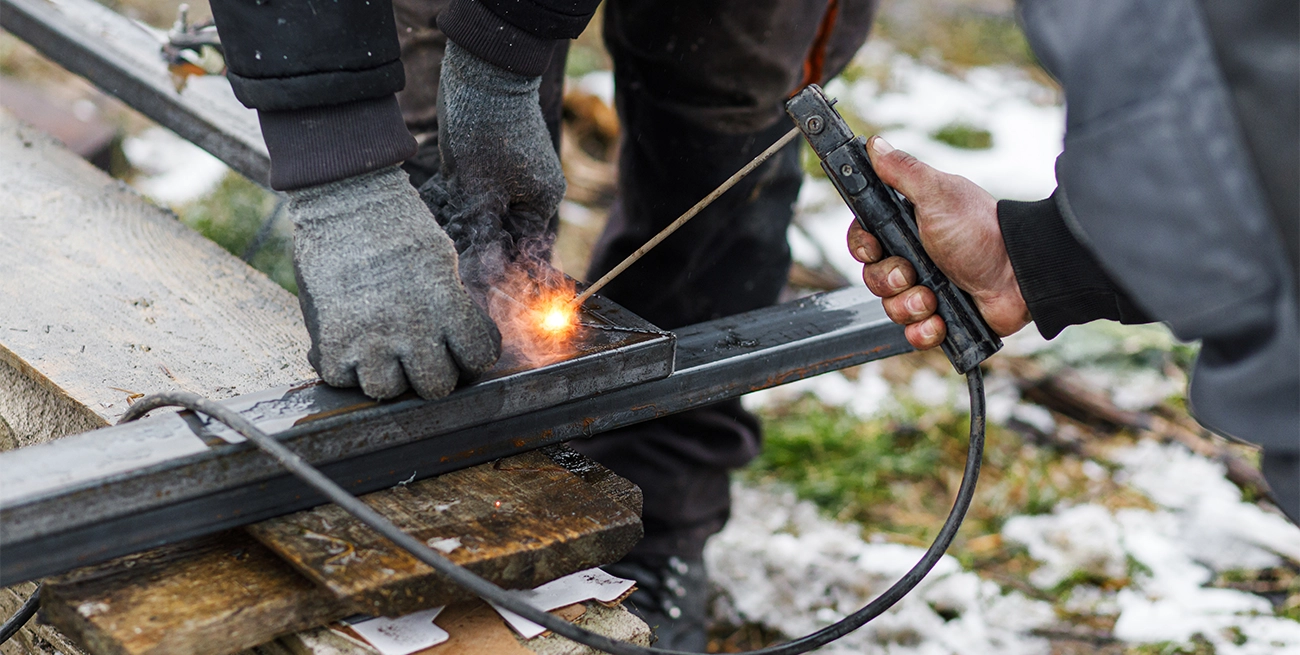Troubleshooting Poor Welding Performance: Tips for Better Results

Welding is a critical process across industries, from heavy machinery repair to manufacturing precision components. But even experienced welders face challenges that can affect the quality of their work. If you're noticing inconsistent welds, excess spatter, or weak joints, it's time to dig into the details of what's going wrong.
Check Your Equipment Basics
Before exploring complicated fixes, it’s worth revisiting the fundamental setup. Are your tools in good condition? Worn-out contact tips, dirty nozzles, or improperly fitted liners can wreak havoc on your results. Regular maintenance prevents these small issues from snowballing into bigger headaches.
Start with a visual inspection of your welding gun and cables. Look for any wear, frayed wires, or loose connections. Keep spare consumables on hand so you’re never stuck mid-job. Many welders underestimate the value of preventive care; don’t fall into that trap.
Fine-Tune Your Settings
One of the most common causes of poor performance is incorrect machine settings. Voltage, amperage, and wire feed speed must align with the material you’re working on. Use the manufacturer’s chart as a guide, but don’t be afraid to make small adjustments based on real-time results.
If your welds lack penetration, try increasing the voltage. If the bead sits too high, lower the wire feed speed. Take test passes on scrap material to dial in your parameters. A few extra minutes here can save hours of rework.
Address Contamination Issues
Cleanliness matters more in welding than many realize. Even trace amounts of rust, oil, or paint can interfere with arc stability and lead to defects. Grinding or wire brushing the joint area ensures a solid bond between metals.
Shielding gas plays a significant role in keeping the weld pool clean. Drafts or leaks in your gas line can allow contaminants to infiltrate. Check hoses for damage and ensure proper flow rates to avoid porosity. Using the right gas mix for your application—such as pure argon for aluminum or a CO₂/argon blend for steel—can make all the difference.
Adjust for Material Type and Thickness
Different metals and thicknesses require different techniques. Using a single approach for every job can lead to frustration. For instance, welding thin materials demands lower heat to avoid burn-through, while heavy-duty projects might need preheating to reduce cracking risks.
If you’re working with exotic alloys, consult data sheets for recommended practices. They often include vital information about preheat temperatures, post-weld treatments, and filler compatibility.
Master Your Technique
Even the best equipment and settings won’t save a flawed technique. Are you maintaining consistent travel speed? Is your work angle appropriate for the joint type? Minor inconsistencies can lead to uneven welds, undercuts, or slag inclusions.
Focus on steady hand movement and keeping the weld pool under control. If you’re using a stick welder, ensure your electrode length stays consistent. For MIG and TIG, practice holding the gun or torch at a steady angle. Small improvements here often translate into noticeably better results.
Troubleshooting Specific Problems
Let’s take a closer look at common welding issues and their potential fixes:
- Excess Spatter: Often caused by excessive wire feed speed or improper voltage. Lowering these settings and improving your technique can help reduce spatter.
- Porosity: This is usually due to shielding gas problems or contamination. Ensure proper gas coverage and clean your materials thoroughly.
- Undercutting: Often a result of moving too quickly or using too much heat. Slow down and adjust the current to prevent thinning at the edges.
- Cracks: These can occur from rapid cooling or improper filler material. Preheating thicker materials and using the correct rod or wire can help mitigate cracking.
Prioritize Safety and Comfort
Welding isn’t just about achieving a strong bond; it’s about doing so safely and comfortably. Are you using the right PPE? A poorly fitted helmet or gloves that limit dexterity can make the work harder.
Beyond safety, comfort matters. Long hours in awkward positions can lead to mistakes. Consider investing in ergonomic solutions, such as adjustable tables or stools, to create a workspace that works for you.
Don’t Overlook Training
Even seasoned welders benefit from sharpening their skills. Techniques evolve, and new materials or technologies may require fresh approaches. Workshops and certifications can give you an edge, particularly if you’re venturing into specialized fields like pipe welding or aerospace fabrication.
Take Care of Your Tools
Welding machines and accessories are long-term investments. Keeping them in peak condition ensures reliability when you need it most. Regularly check your machine for wear, inspect gas cylinders for leaks, and replace consumables before they fail.
Having a backup plan for critical tools is also wise. If your primary welder goes down, a reliable backup can keep your project on track.
Get Hands-On with Diagnostics
When performance dips, don’t just guess—diagnose. Using tools like infrared thermometers to check preheat temperatures, or weld inspection gauges to measure bead quality, can help pinpoint issues quickly.
Some problems may not be immediately obvious. For instance, a loose drive roll might cause inconsistent wire feeding, but the symptoms might appear as poor bead appearance. Paying attention to small details often reveals the root cause of persistent problems.
Wrap-Up
Welding challenges are part of the job, but with the right approach, they’re also opportunities to improve. Paying attention to the small details, maintaining your equipment, and continually refining your technique will ensure you get better results every time. And while no one gets it perfect on the first try, persistence and curiosity can turn even the toughest problems into learning experiences.
Time to fire up your machine and get welding—your next project is waiting!


